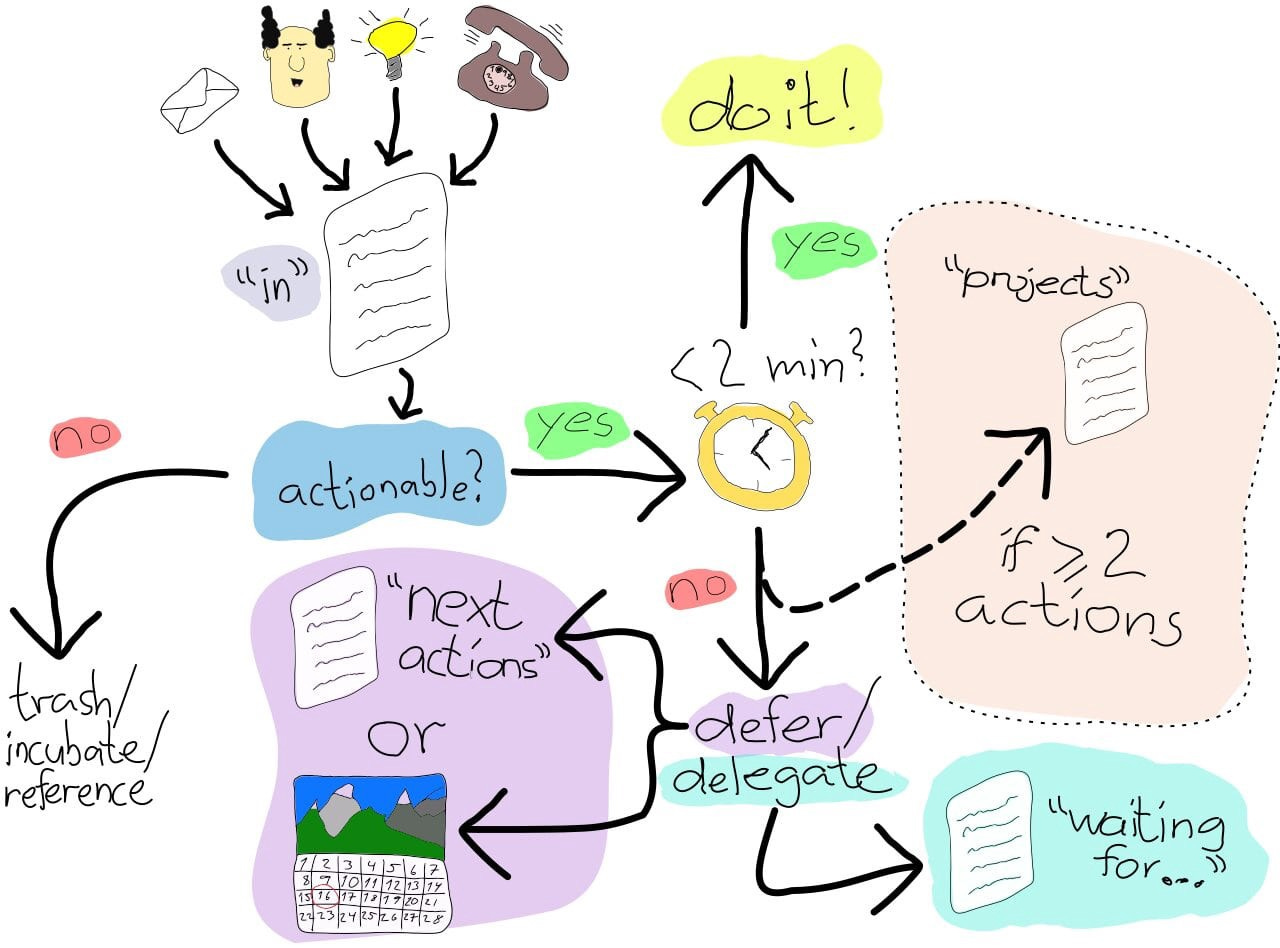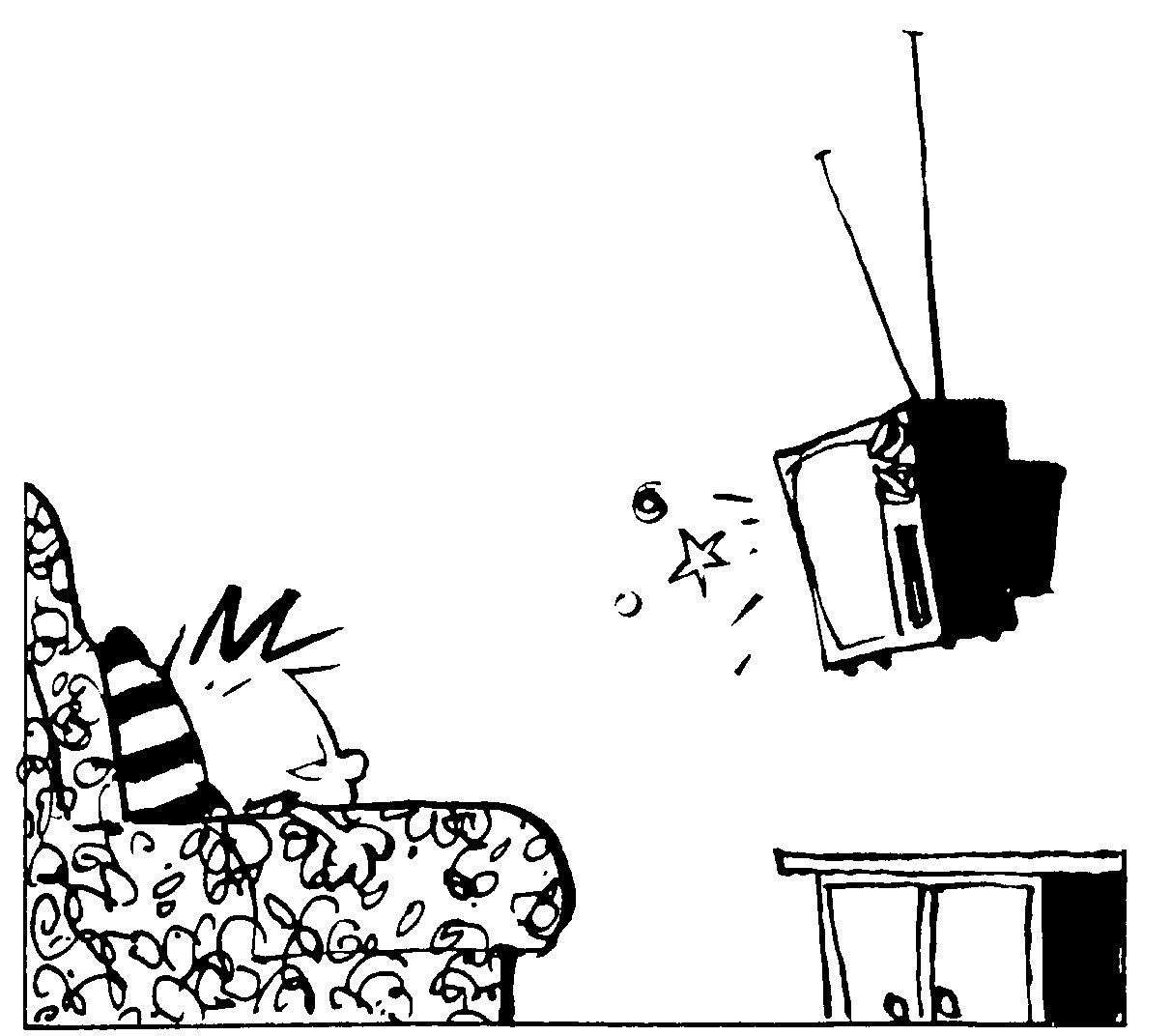Note: this story was originally published on my Medium account on 9/29/20.
A Regaling of How I got into Productivity
I don’t remember when I became interested in personal productivity at first, all I know is that it came from a genuine need in my life to get my act together and from my frighteningly superior talent for wasting time.
Even now, I’m remembering how in the 4th grade at Granada Islamic School, I would so often miss and forget homework assignments because I simply didn’t have a place to keep track of them. My teacher, the genuinely sweet and loving Ms. Taylor, would always exercise patience and calm whenever I came up to her and, in what was becoming a painful weekly ritual, telling her that I forgot to do the homework. “I’m not going to hold you to it”, Ms. Taylor said to me once. But I genuinely liked her a lot and respected her so I didn’t want to keep disappointing her.
This is where my memory becomes fuzzy. I don’t exactly know when or how, but that year, I somehow got myself a planner — a little 8x4 inch ringed planner with weekly planning pages and lines to write things down. Aha! I would begin writing down each of my classes and then the corresponding homework assignment for that week. “Math: problems 1–10 due tomorrow, Islamic Studies: worksheet…”. Needless to say, my act was better after that.
Fast forward to high school and the planner is an integral part of my chronic attempt to corral myself into productivity and usefulness. Did having a planner translate into on-time homework assignments? Absolutely. Did it translate into better grades? Who do you think I am?
But things hit a roadblock when college came around and what I thought was a complicated life — seven periods in a day, badminton practice after school, and staying up until 2am every night on Google Hangouts with friends — met its match. Not because college is busier than high school. It was because college is more free-form than high school. A planner is great when you’re managing a constant but predictable hose of assignments and tasks. But college is not that. College is several hoses of assignments, tasks, projects, essays, and incompetent team members. Also you’re hungry. Also your teachers suck and the counselor just gave you the wrong list of classes for your major. Welcome to Hell.
Obviously, I needed a better system. I tried many things — from the Eisenhower Matrix of Urgency/Importance to Time-boxing to crying in my room and hoping everything went away (it doesn’t). Luckily, I found and settled into the Getting-Things-Done System and armed with my Todoist and Google Calendar, found some control in the chaos.

What is Time-Tracking?
Time-tracking is, as I’m told, a more “advanced” step or component in a personal productivity system — apart from the usual note-taking / calendar / task management / file management. Time-tracking is exactly what it says it is — you’re categorizing and tracking the time that you spend, either on the computer, at home, whatever. Mainly used by self-employed individuals and teams to track billable hours, time-tracking can also a useful productivity measure for yourself.
I was first introduced to the idea of time-tracking when I was listening to the Cortex Podcast with CGP Grey and Myke Hurley, both independent content creators. On their “Productivity 101” episode, they were running through their used applications when it came to task management, communication, calendars, and most interestingly, time-tracking. With the both of them being self-employed content creators, managing their time and tracking how much of their time is billable to their clients is crucial for them. As such, they used an application called Toggl Track and an additional application called Timery in order to track their time across the different devices they use — computer, tablet, phone, etc. Given that I had already set up all other facets of my productivity system for several years now — Todoist for task management, Google Calendar and Fantastical for my calendar, Slack (usually) for work communication, Google Drive for file management — I figured that time-tracking might be a worthwhile experiment for me as I try to navigate and maximize the free-form world of post-college adult life.
How Did I get Started?
I got started by downloading the Toggl Track and Timery applications on both my phone and laptop. For context, Toggl Track is the actual time-tracking application. It’s a pretty comprehensive application and even with just the free version that I used, you have all the necessary functionality for someone like me whose casually tracking his time and wanting to see a weekly summary of how I spent my time. Timery is a related application that basically sits on your iPhone and changes the way you interact with Toggl Track. Toggl Track has a pretty confusing UI for something that should put the act of tracking your time front and center and Timery does a good job of sorting that out for you, at least on mobile.
I should note that Toggl Track is an active time-tracking application, meaning that you set the timer and the corresponding title of the project or task that you’re working on before you do it and then end the timer once you finish the task. Technically, you can add a time entry after an activity has been done but I didn’t find myself doing that too often. In order to perform passive time-tracking in which an application on your computer constantly keeps track of which applications are being used on your computer at any given time, you need a different application like RescueTime. But I wasn’t ready or willing to do that just yet.
Parameters and Boundaries
When I first started the experiment (if I can call it that), I was wondering what exactly the parameters should be. Given that this was my first time, I didn’t feel the need to track every hour of my day from dawn to dusk like CGP Grey describes in his podcast. Instead, what I settled on was tracking my time whenever I was at my desk. Be it for work or for playing video games or reading, I was going to track and categorize the time I spent at my desk. Over the course of the roughly four days that I did this experiment, the time-frame was roughly from 9:30am-11pm. I also tried my best to begin categorizing the different activities and things I did on my desk into different projects in order to provide some useful insights at the end of the experiment. I recommend doing this before you begin tracking your time.
The different categories (called “projects” in Toggl) that I set for myself were as follows:
Video Games (mostly Endless Space 2 and Civilization 6).
Mindless Browsing/Watching (YouTube, Facebook, Instagram, Reddit, Polygon, etc).
Personal Development/Admin (My GTD Review Sessions, personal busy work like personal emails, managing my Robinhood investment accounts, etc. Much more of a catch-all than I anticipated.)
CAPM Work (I’m working on getting my Certified Associates in Project Management through a class that I’m taking and whatever studying I have to do for it).
LaunchGood Work (any work related to my fellowship at LaunchGood)
Muslim Projects (any work related to the side-projects I’m working on regarding MSAs or my personal spiritual development)
Writing (like writing this article!)
Reading on my Kindle (self-explanatory but also any sort of informational/educational reading that I did for pleasure like browsing through the NY Times, Washington Post, etc).
Career Development (things like tweaking my resume, looking through LinkedIn job boards, etc).
Results
Not surprisingly, because I had chosen to track my time that I spent at the desk, video games were far and away the activity that I spent most of my time doing with 18 hours logged over 5 days. This makes sense since often after work ended and wanting to decompress, I would play with my recently purchased gaming laptop from around 7:30pm to practically bedtime at around 11pm or 12am. Distantly following that was “Mindless Browsing/Watching” and then Personal Development/Admin.
I expected “LaunchGood Work” to be a pretty minuscule use of time mainly because work began to chill out as the year came to a close and my fellowship was coming to its conclusion. Additionally though, I only tracked “LaunchGood Work” if there was a steady stream of work being done (a set of emails to send off, a brief brainstorming session, competitor research, work meeting, etc). If, in the middle of my browsing or watching I received and responded to a work Slack message, I would not add those passing seconds as “LaunchGood Work”.
Conclusion
Reflections
After this four-day experiment on myself, there were a few thoughts that came to my mind as I looked over the results.
Firstly, given that I am not a self-employed person or a freelancer with clients, the idea of tracking my time first seemed useless. But the more I used it and began to form the nascent habit of setting off the timer and then doing whatever activity I intended, the more I realized what it was doing to me. Tracking my time really boiled down to assisting me with my intention. The deliberate act of picking the project “Mindless Browsing/Watching” and starting the timer before embarking on my journey through my YouTube Watch Later playlist and whatever tangential rabbit-hole it had in store for me really caused me to be meta-aware of what I was doing.
I was deliberately wasting my time by going through my subscriptions and watching the latest videos. I had to make the conscious decision to be okay with that. The subsequent thought that came to me after that was “do I still want to be doing this? Or am I just doing this out of blind habit?”. I love following my favorite channels on YouTube and learning or watching new things, but the real question is how long do I want to be doing that? Time tracking forces you to be aware of what you’re doing, much in the same way that running a Pomodoro timer when you’re trying to force yourself to do homework makes you aware that your intent is to finish your homework and only then can you scroll through Instagram as a reward.
Secondly, this experiment throws the idea of diminishing returns in your face. Over the course of roughly a week of tracking, I played around 18 hours of video games on my laptop (mostly a strategy game called Endless Space 2, highly recommend). I remember the feeling as I finished work for the day and was looking forward to playing, the euphoria of settling down in my chair and ripping through the first two hours of the night, making strategic decisions on how to grow my space empire. But what of the third hour? The fourth? The fifth? At several points, I do remember glancing over to the timer and thinking to myself, “am I still enjoying this gaming session or has it lost its pleasure for the night?”.
Tracking your time forces you to really think about the diminishing returns of your guilty pleasures. I’m not advocating we give up the things we love doing. You’ll still find me playing video games while this pandemic rages. But being aware of how much time your guilty pleasure takes up does allow you the opportunity to ask, “At what point does this stop giving me joy? At what point should I get up and do something more meaningful like hanging out with my siblings or watching a movie with my family?”.
The last reflection I have is this — after looking over this weekly summary of how I spent my desk-time, what would be the ideal time break-down? Given a do-over for the week, how would I like this graph to look? More time spent reading? More time working? Less time just at the desk in general? That question is still swirling around in my head but it’s a useful one to ask yourself if you ever run an experiment like this. You have 24 hours in a day, a third of which you’ll spend sleeping. That means you’ve around 16 hours to prepare for the day, eat, work, socialize, spend some time with yourself, indulge in a guilty pleasure, and whatever else you’d like to get done that day. It’s funny that none of us really know, beyond a few highlights, how we spent those 16 hours. Yet, those 16 hours rush past every day. They’ve rushed past me for the past 23 years. How am I spending the limited amount of time I have on this planet? Am I spending it doing something I enjoy or at least find utility in? Or an even scarier question — How much of it is spent on auto-pilot and out of disliked habit, washing over me and forever lost? Time is our most important resource and I find myself reflecting on it less and less as I get older. I think it’s high time I change that.
Recommendations
A few short recommendations I have for anyone who’d like to try this out for themselves:
This experiment requires a high level of intentional commitment to really get some useful insights out of it. Make sure you understand that. You’ve got to be aware when you’re doing one of your categorized projects so that you can time it and you’ve got to be aware when you’ve ended it so you can close the timer. Over and over again.
Focus on setting narrower parameters at first and maybe only a few projects at a time. Try tracking how you spend your time only from 9am-5pm, working hours. Maybe try tracking how much time you actually spend doing X hobby or Y activity so that if you’d like to know if you’re making progress on your goals, you’ll know how much time is actually being spent towards it.
Lean into it. You’re not going to remember to start and end the timer immediately once you start the experiment. That’s okay. This is all for some insightful fun :)
Thanks for reading! Let me know in the comments what you think! Until next time.






